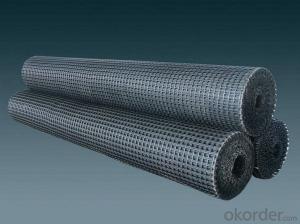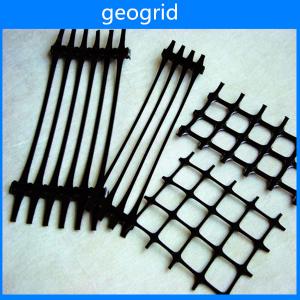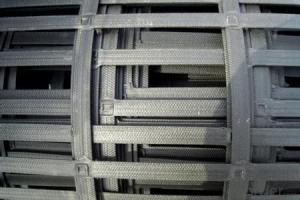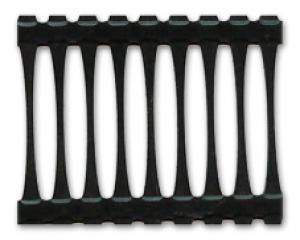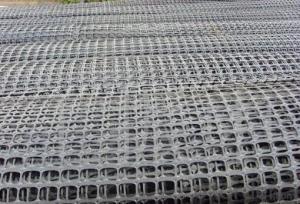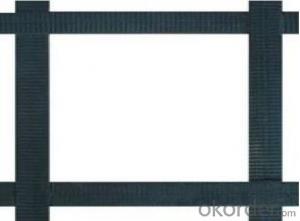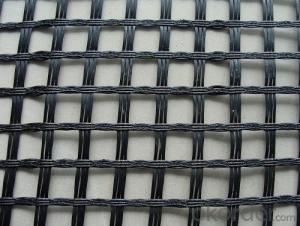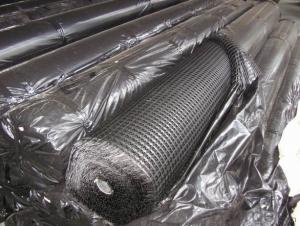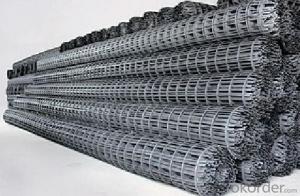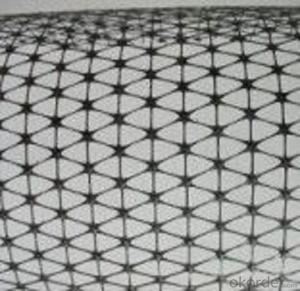Earthlock Geogrid
Earthlock Geogrid Related Searches
Fridge With Freezer On Bottom Driveway Pillars With Lights Blu Ray Player With Recorder Blu Ray Player With Internet Geogrid In Retaining Walls 1708 Biaxial Fiberglass Tape Pullout Resistance Of Geogrid Geogrid Warp Knitting Machine Srw 3 Series Geogrid Biaxial Plastic GeogridHot Searches
Fiberglass Scaffolding For Sale Fiberglass Panels For Sale Fiberglass Greenhouses For Sale Geogrid Fabric For Sale Gas Powered Core Aerator For Sale Revolution 4 Propeller For Sale Alabaster Carving Stone For Sale Geogrid For Sale Near Me Tensar Geogrid For Sale Geogrid For Sale Ex Display Log Cabins For Sale Photoelectric Cells For Sale Athletic Lockers For Sale Cubicle Partitions For Sale Stearman Propeller For Sale Palram Greenhouses For Sale Gumbo Bowls For Sale Suzuki Propellers For Sale Freight Crates For Sale Outhouse Sheds For SaleEarthlock Geogrid Supplier & Manufacturer from China
Okorder.com is a professional Earthlock Geogrid supplier & manufacturer, offers integrated one-stop services including real-time quoting and online cargo tracking. We are funded by CNBM Group, a Fortune 500 enterprise and the largest Earthlock Geogrid firm in China.Hot Products
FAQ
- Yes, geogrids are generally compatible with different soil types. Geogrids are designed to enhance soil stability and improve load-bearing capacity, making them suitable for use in a variety of soil conditions including clay, sand, and gravel. However, the specific design and selection of geogrids may vary depending on the soil type and intended application.
- What are the technical parameters and testing standards of the tensile creep testing machine
- Tensile creep testing machine for the determination of tensile creep and tensile fracture properties of Geotextiles and geotextile.
- Geogrids help in reducing the risk of slope instability by providing reinforcement to the soil or rock mass. They are typically made of high-strength polymer materials and are placed within the slope to increase its overall stability. Geogrids improve the shear strength of the soil, distribute the load more evenly, and prevent soil erosion. This reinforcement helps to counteract the forces acting on the slope, reducing the likelihood of slope failure or collapse.
- Yes, geogrids can be used in the reinforcement of underground utility corridors. Geogrids are commonly used in civil engineering projects to improve soil stability and provide reinforcement in areas where underground utilities are present. By installing geogrids, the soil surrounding the underground utility corridors can be reinforced, increasing their load-bearing capacity and preventing soil movement or settlement. This helps to ensure the long-term stability and integrity of the utility corridors.
- Geogrids enhance the stability of mechanically stabilized earth walls by providing reinforcement to the soil and distributing the load more evenly. They increase the tensile strength of the wall, preventing the soil from sliding or collapsing under pressure. Additionally, geogrids improve the overall performance and longevity of the wall by minimizing deformation and settlement.
- Yes, geogrids can be used in ground reinforcement for military installations. Geogrids are often employed in various civil engineering applications, including military projects, to enhance soil stability, provide load-bearing support, and improve overall ground reinforcement. They are effective in reinforcing and stabilizing soil, which is essential for military installations that require durable and resilient foundations to withstand heavy equipment, traffic, and potential ground disturbances. Geogrids can also assist in reducing soil erosion, enhancing slope stability, and minimizing the risk of ground movement or settlement, making them a valuable tool in military construction and infrastructure projects.
- How much is the geogrid return
- Please ask if you need help

















